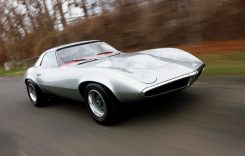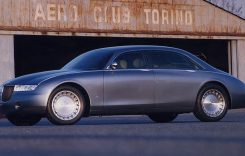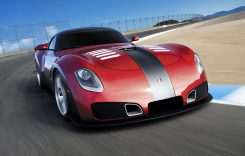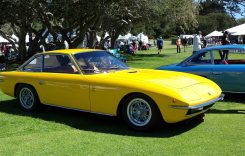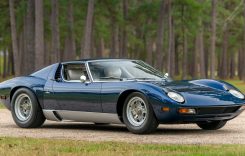Have ever heard of Porsche 959? Car enthusiasts as well as those who were already driving back in the 1980s would have. After all, the twin-turbocharged 959 was, around three decades ago, considered as the fastest street-legal production car in the world, with the capability to achieve a top speed of 195 mph (314 km/h).
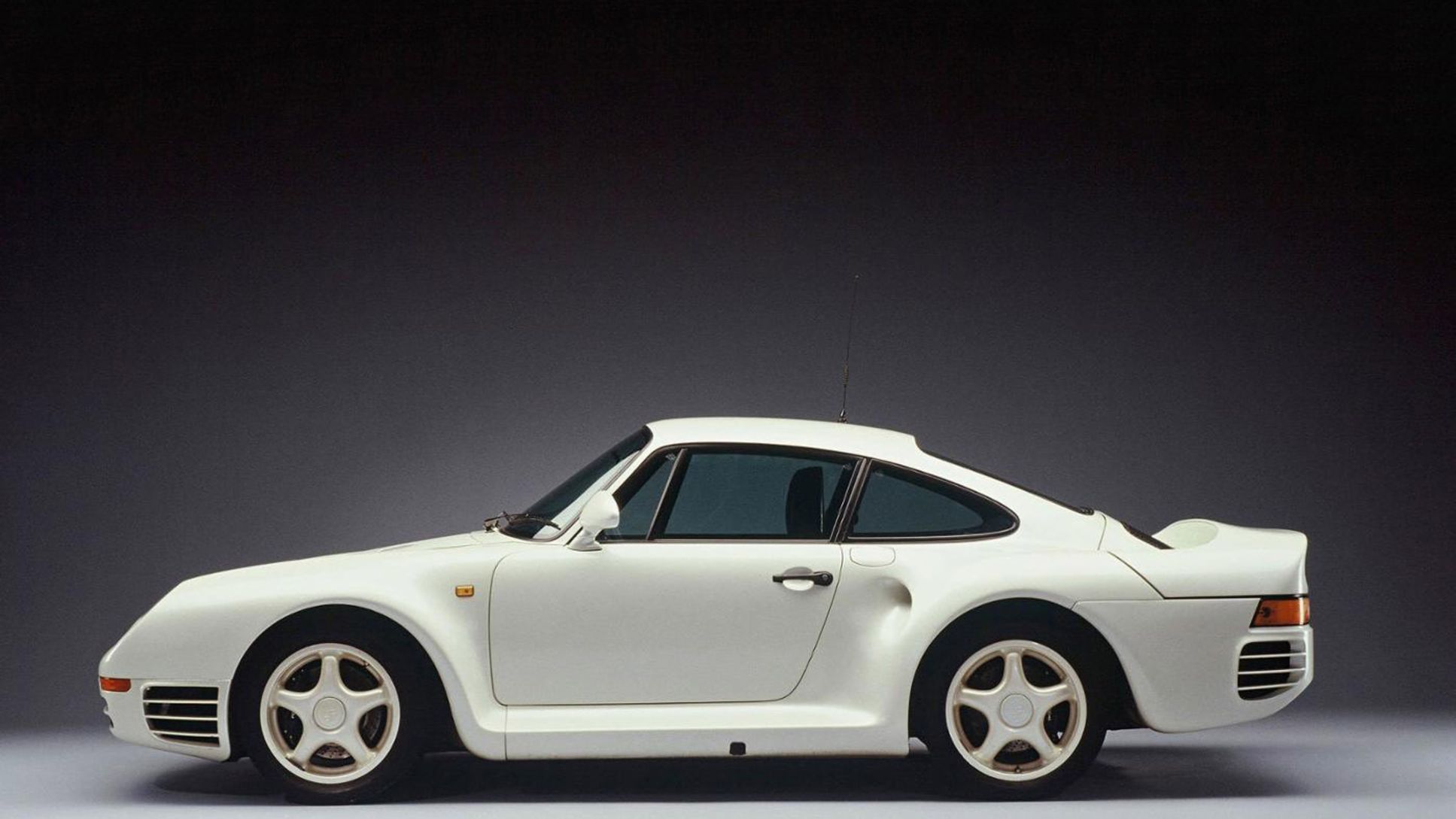
It was even considered, back then, as the forerunner of all future super cars. Regarded as one of the first high-performance vehicles that featured all-wheel drive, the Porsche 959 was only produced from 1986 to 1989, initially as a Group B rally car and then as a legal production car.
As a legal production car, the Porsche 959 was designed to comply with FIA homologation regulations requiring that not fewer than 200 street legal units should be manufactured. Moreover, as a legal production car, the Porsche 959 was regarded as the most technologically advanced road-going sports car.
The idea of creating the Porsche 959 was dimly started in 1981, when Peter Schutz became Porsche new Managing Director. Helmuth Bott, the carmaker’s head engineer by then, approached Schutz with new ideas on the Porsche 911.
Back then, Bott had acknowledged that a Porsche should have a sport car that the carmaker could depend on for coming years and one that could be developed as time goes by. Bott managed to get Schutz’s nod to conduct development tests on the rear-engined 911, as well as to his proposal to research a new all-wheel-drive system.
Since Bott knew that having a racing program could help accelerate the development of new models, he went ahead and developed an all-wheel-drive car that would compete in Group B rally racing. This new Porsche model became known as Gruppe B. Doing so led Porsche executives to have a lot of confidence in the system and this made them decide to build all-wheel drive standard on all versions of the 911 Turbo.
The 993 variant was the first product that was released from this endeavor. In 2004, Sports Car International put the 959 on the top of its list Top Sports Cars of the 1980s.
Moreover, the carmaker designed the 959’s aerodynamics to be more stable and more drivable as well as feature an automatic ride-height adjustment. It also featured magnesium alloy wheels that were hollow inside, forming a sealed chamber connecting with the tire.
These wheels came with a built-in tire pressure monitoring system. Following the design and development of the 959, Porsche was getting near to finishing the vehicle, still a Porsche Group B prototype by then. Porsche eventually decided to unveil to the public eyes the Porsche Group B prototype at the 1983 Frankfurt Motor Show, but it had to contend with finishing the vehicle just at the eve of the show.
Porsche built more prototypes, with the third vehicle featuring a modified body that donned air vents in the front and rear wheel housings, and intake holes behind the doors. This prototype — carrying the code “F3” — did not survive its first crash test.
Two years after, Porsche unveiled the street version of the prototype, now dubbed as Porsche 959, at the 1985 Frankfurt Motor Show as a 1986 model. However, production of the sports car failed to start immediately and was delayed by over a year, no thanks to a variety of issues. When production commenced, the Porsche 959 became available in two trim levels — “Sport” (race version) and “Komfort” (street version).
Customers who ordered the 959 street version – with a starting price of $225,000 — started receiving their sports car in 1987. This price level was less than half the cost made to produce one Porsche 959. When production ended in 1988, Porsche had built around 337 units of the 959, including 37 prototypes and preproduction models.
Now, at least one 959 and one 961 are displayed in the Porsche historic hall in Stuttgart, Germany. Years later from around 1992 to 1993, the carmaker assembled eight Komfort versions of the 959 — four in red and four in silver – using spare parts from the remaining inventory at its Zuffenhausen production sites.
These 959s had, back then, a newly developed speed-sensitive damper system and fetched prices of around DM747,500, compared to the DM420,000 price tag on earlier versions. Since Porsche – during the vehicle’s development — denied a request by the United States Department of Transportation to provide four 959s for crash testing, the sports car was never certified by the National Highway Traffic Safety Administration for street use in the country.
However, it is estimated that a number of Porsche 959s entered the US soil as show cars through the so-called grey market in the 1980s. The US, however, passed the “Show and Display” law in 1999, thereby removing the crash test requirements. This law was instrumental in the importation of the 959 in the US, provided that the sports car complies with the emissions standards applicable in 1987. To comply with those standards, Porsche fitted the 959 with a catalytic converter and a re-chipped computer.
Moreover, since the Porsche 959 was produced before 1996, they don’t need to pass any emissions testing anymore.
Interestingly, most 959 owners didn’t modify their units. One of the most famous, rather infamous, Porsche 959 was the one imported by Microsoft found Bill Gates in 1987 – the Gates 959. Microsoft co-founder Paul Allen and Porsche collector Jerry Seinfeld also imported their own Porsche 959s. However, these sports cars, by 1987, were still lacking approval from regulators, specifically the Department of Transportation and Environmental Protection Agency. Because of its illegal nature, the “Gates 959” was impounded by the Customs Service at the Port of Seattle for 13 years. When it was released, the “Show and Display” law was already passed and the regulations were revised to allow importation of “Autos of Interest” but with severe limitations on their use. Interestingly, Gates and Allen both helped in the passage of the “Show and Display” law.

